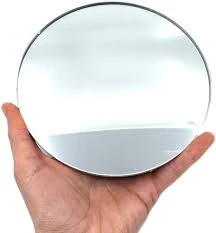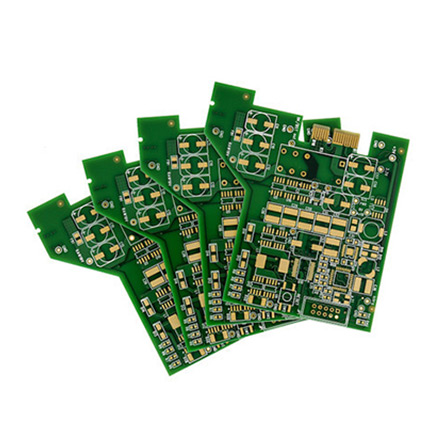

Float glass has revolutionized the manufacturing sector, becoming a cornerstone in architectural and automotive applications. Ranging from its use in skyscraper facades to the delicate touch of stained glass windows, understanding the various types of float glass is essential for industries that demand precision, quality, and innovation.

Clear float glass remains the most versatile and commonly used type, characterized by its high clarity and optical purity. It offers exceptional light transmission and minimal distortion, making it ideal for windows, glass doors, and partitions. The perfect balance of cost-efficiency and functionality positions clear float glass as a staple in both residential and commercial constructions. Professionals often recommend it for projects where natural light is crucial without compromising on expense.
On the other hand, tinted float glass provides an added layer of benefits by infusing color directly during the manufacturing process. This not only enriches the aesthetics of a building but also enhances energy efficiency. By reducing glare and minimizing heat gain, tinted glass facilitates a more controlled interior climate, thus optimizing energy savings. Architects and builders often advocate for tinted float glass in regions subjected to intense sunlight, ensuring a balance between light admittance and thermal insulation.

Reflective float glass takes the benefits of tinting a step further by incorporating a metallic coating. This type of glass significantly reduces solar heat gain while delivering privacy to occupants without obstructing their view outside. The reflective property not only bolsters energy efficiency but also contributes to the external architectural beauty. Its application is favored by designers aiming for futuristic exteriors in urban landscapes, where both function and form are equally prioritized.
Low-E (Low Emissivity) float glass epitomizes advancement in glass technology. With a microscopically thin, transparent coating that reflects heat, Low-E glass maintains temperature consistency within spaces, contributing to significant reductions in heating and cooling costs. Its ability to filter UV rays while permitting visible light through makes it an authoritative choice for eco-friendly and sustainable building initiatives. Increasingly, developers are opting for Low-E float glass in the pursuit of green building certifications and sustainable architecture.
Laminated float glass introduces a new dimension of safety and soundproofing. Consisting of two or more glass layers bonded with an interlayer, typically PVB (polyvinyl butyral), it exhibits enhanced resistance to impact and significantly dampens noise transmission. In the unfortunate event of breakage, laminated glass holds together, reducing hazards and providing added security against forced entry. Hence, in environments where safety and acoustics can't be compromised, industry experts recommend laminated glass as an optimal solution.
Acid-etched and sandblasted float glass both serve the dual purpose of aesthetics and privacy. Acid-etched glass undergoes chemical treatments to achieve a translucent finish that diffuses light, offering a soft, frosted appearance ideal for privacy screens and decorative applications. Similarly, sandblasted glass uses abrasives to craft designs and patterns, preferred by designers for bespoke architectural elements. These types of float glass contribute to artistic expression while fulfilling practical needs in interior spaces.
As markets evolve and customer expectations heighten, the types of float glass continue to expand, embedding themselves deeper into everyday infrastructure. Each type uniquely addresses specific architectural demands, driven by experience, expertise, and a commitment to sustainability and design excellence. By choosing the appropriate float glass type, industries enhance their product offering, ensuring efficiency, security, and aesthetic appeal in their projects.